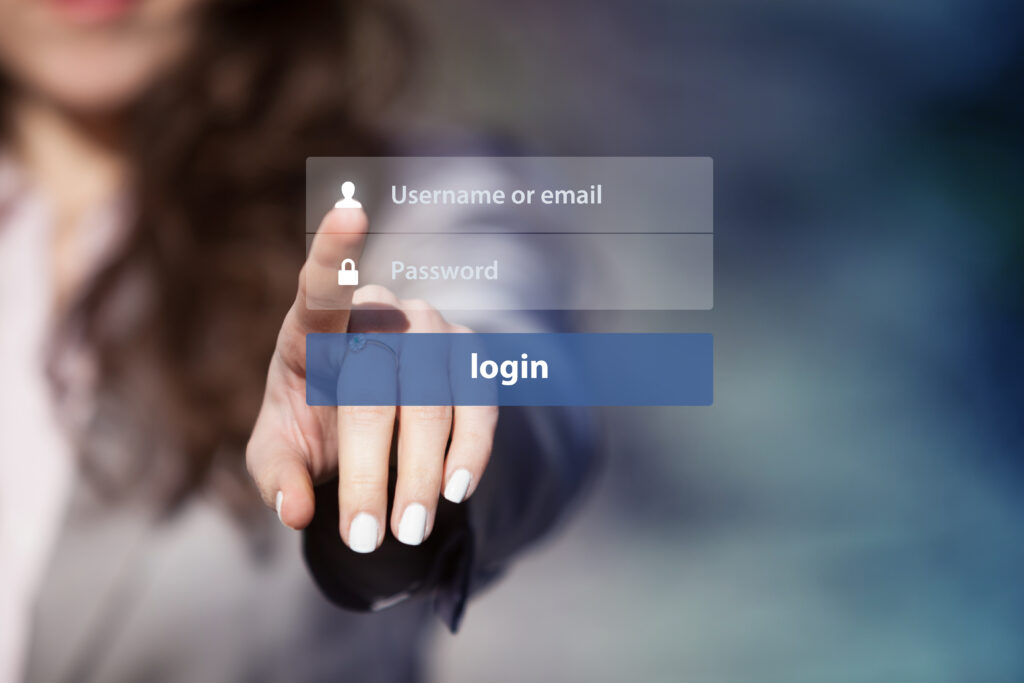
Identity platforms shaping customers’ digital experiences
Organizations are locked in a tussle for customers’ attention; the consumer base is moving away from its traditional, trusted channels. Since recent world events, businesses are opening up to provide new, digital-first experiences.
No area has seen a more rapid digital transformation than customer experience (CX), which has become a focal point for change and evolution in organizations’ internal, operational processes. As businesses increase their digital presence, the online landscape can become more noisy – more steps, more missteps, and customers can struggle to have their needs seen and heard.
The crowded digital space is one of the main reasons why 85% of respondents to a recent United Kingdom-based survey reported that brands who deliver a personalized experience are earning (and retaining) customers’ business. Sixty-seven percent of those spoken to said they would be willing to pay more for multichannel, seamless online interactions where their needs can stand out from others’.
How customer data gets handled and protected, therefore, become important factors, adding trust and rounding out the customer journey. At the same time there are internal issues, too: Many businesses need to reevaluate office network security as more employees work from home and manage connected personal devices entering the organization’s premises, including personal IoT like smart wearables. All need to be monitored, if not controlled, and organizations are looking for providers to fill the security gaps.
In the past, additional layers of data security could be clunky, creating extra steps in the customer journey, resulting in users disengaging from the platform. Organizations need to balance protecting customer data and offering a smooth digital experience; luckily, in 2021, an enterprise has options to find providers to do just that.
Tailoring the secured customer access journey
IT teams need to coordinate access to internal networks for potentially hundreds of employees. The roles, access rights, and situation-specific privileges where access should be permitted need to be analyzed and updated to ensure each user has a single, unified digital identity on any given platform.

Beyond controlling employee roles, similar technology known as customer identity and access management (CIAM) is used to secure customer information. Customer identity and access management are geared towards security, while assembling data used to create better customer experiences.
Data is vital, as customer expectations might be predictable, but they can also be set high – website visitors tend to get turned off if they have too many inconvenient site functions, or pages that simply refuse to render on their preferred platform or browser. The stakes are high for the business: persistent site problems will inevitably lead to users sharing their poor experience with others, leaving a tainted perception that can be hard to change.
Without access management tools, organizing customer data becomes much more problematic. For example, when logging in or setting up an account, not being able to use social or email credentials across multiple web applications can cause more friction for a customer accustomed to an easy sign-in.
Single sign-on is convenient for the user but is more of a challenge for IT teams when security features are being patched with multi-factor authentication (MFA).
Using a CIAM platform, user data is more secure than with MFA – there are threat detection capabilities and password lists, to name just two. It also becomes much easier to manage data permissions, authorizing consent and removing access at the correct times.
A properly functioning CIAM platform should also operate smoothly across different devices and frontend systems while still collecting unified data. The platform supplies the organization with insights into the customer profile, enabling the company to understand its customers’ needs better, informing better product development, decision-making, and more targeted personalized marketing.
So which CIAM solutions address both customer experience expectations while keeping the enterprise safe? Let’s take a look at three such enablers.
FORGEROCK
ForgeRock, a leader in digital identity, delivers modern and comprehensive Identity and Access Management solutions for consumers, employees, and devices to simply and safely access the connected world. Using ForgeRock, more than a thousand global customer organizations orchestrate, manage, and secure the complete lifecycle of identities from dynamic access controls, governance, APIs, and storing authoritative data – consumable in any cloud or hybrid environment. The company is privately held, and headquartered in San Francisco, California, with offices around the world.
The ForgeRock Identity Platform helps organizations do business better by significantly improving and scaling customer identity & access management (CIAM) with the industry’s only full-suite, AI-driven platform purpose-built for all use cases and identities, including devices. ForgeRock enables global organizations to quickly modernise legacy systems with future-built CIAM capabilities that drive revenue, loyalty and trust. Ensuring that customers securely and seamlessly move across the digital customer journey.
One of Indonesia’s largest banks fast-tracked innovation, reaching two million customers by migrating from legacy systems to the ForgeRock identity platform. The bank switched to 100 percent digital in just six months, in response to the growing number of millennials who manage their lives on mobile devices, not to mention business owners looking for a comprehensive digital banking experience.
Many leading organizations choose ForgeRock for the ease of a single platform for all their identity needs, simpler and faster time to value and more secure. ForgeRock is the only Identity & Access Management vendor named as a leader by the three top analyst firms.
More on ForgeRock and its comprehensive CIAM platform in the coming weeks; watch this space to learn more.
IVANTI
Ivanti is a result of the merger of software company Landesk and several IT security and service management companies since 2017. Landesk was founded in 1985 and eventually expanded its product line with process management technologies. Meanwhile, the acquisitions of Lumension Security (a multi-time “Visionary” on Gartner’s Magic Quadrant for Endpoint Protection Platforms and a “Leader” in Vulnerability Management in the Forrester Wave report), HEAT (a leading producer of IT service management and endpoint management software), and RES Software, a company producing automation and identity management software, has seen Ivanti complement its already extensive experience in managing identities and access controls.
Ivanti’s Identity Director combines attributes from Ivanti’s considerable portfolio to provide a broad and multifaceted identity governance and administrative solution. Identity Director provides both role-based and attribute-based access controls, suitable for when new employees join the company, old employees depart for good, and when longtime staff transition to new roles within the same organization.
Identity Director supports various security levels, including cloud security, privilege access management, single sign-on, and MFA, and includes the administration of authorizations, the orchestration of work processes, the certification of accesses, and more while working consistently across the organization and in compliance with its guidelines.
PROOFPOINT
Proofpoint has been a leading cybersecurity and compliance service provider for years now, starting with email security which has traditionally been one of the cybersecurity fragilities that companies were routinely faced with. Over the years, it has built upon its regulatory compliance and digital risk assets to round out its security posture capabilities, including identity authentication technology to prevent email domain spoofing.
Given its expertise in email security, Proofpoint relies on its partners and acquired assets to continue evolving its ability to fight security threats, including Sailpoint Technology Holdings. Sailpoint is a leader in identity management, and joint customers of both partners can extend the level of protection for their high-risk users by identifying and applying appropriate levels of access to critical systems and data.
Similarly, the Proofpoint partnership with Okta also provides additional visibility into the most vulnerable, most attacked users within a particular organization. The partners use various criteria such as attack type, threat actor sophistication, and attack targeting to generate data and assess the threat severity for each security incident.
Proofpoint’s adaptive controls are an important aspect of mitigating damage, and the Okta relationship allows those controls to be extended to end-users, making it easier to assign or restrict access based on threat risk.
*Some of the companies featured on this article are commercial partners of Tech Wire Asia
READ MORE
- Strategies for Democratizing GenAI
- The criticality of endpoint management in cybersecurity and operations
- Ethical AI: The renewed importance of safeguarding data and customer privacy in Generative AI applications
- How Japan balances AI-driven opportunities with cybersecurity needs
- Deploying SASE: Benchmarking your approach
